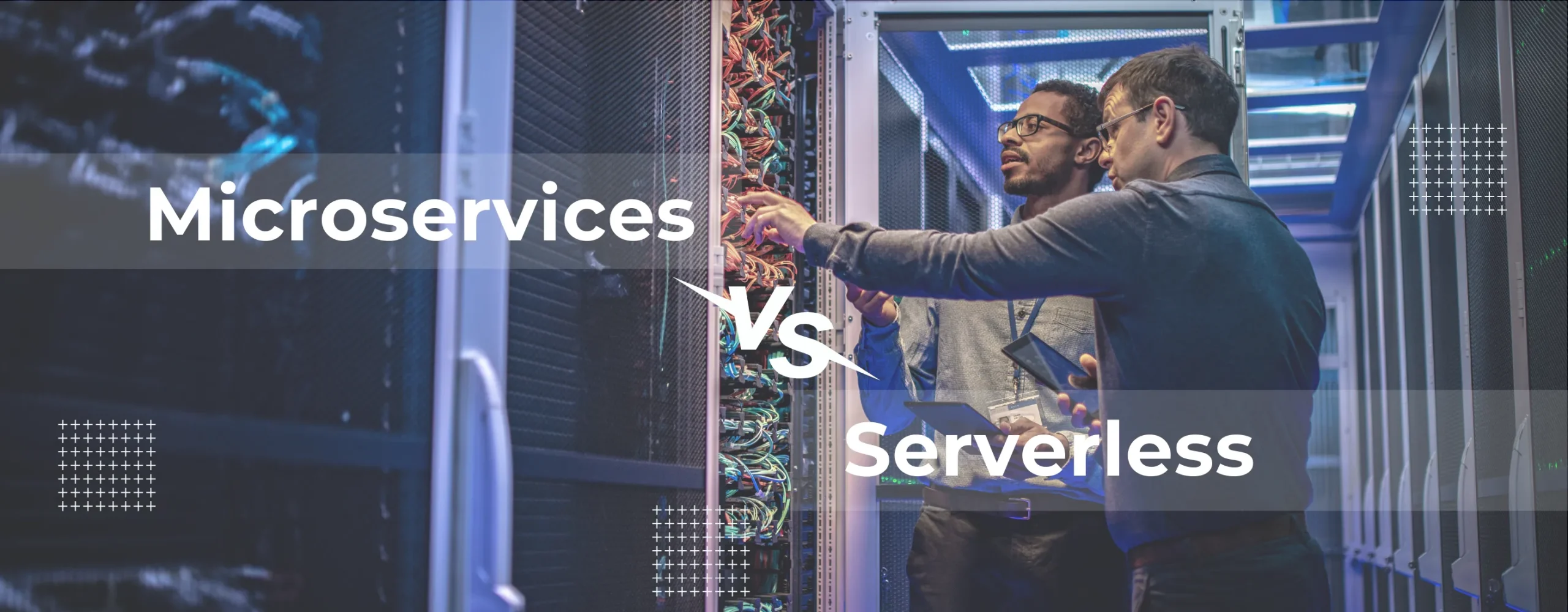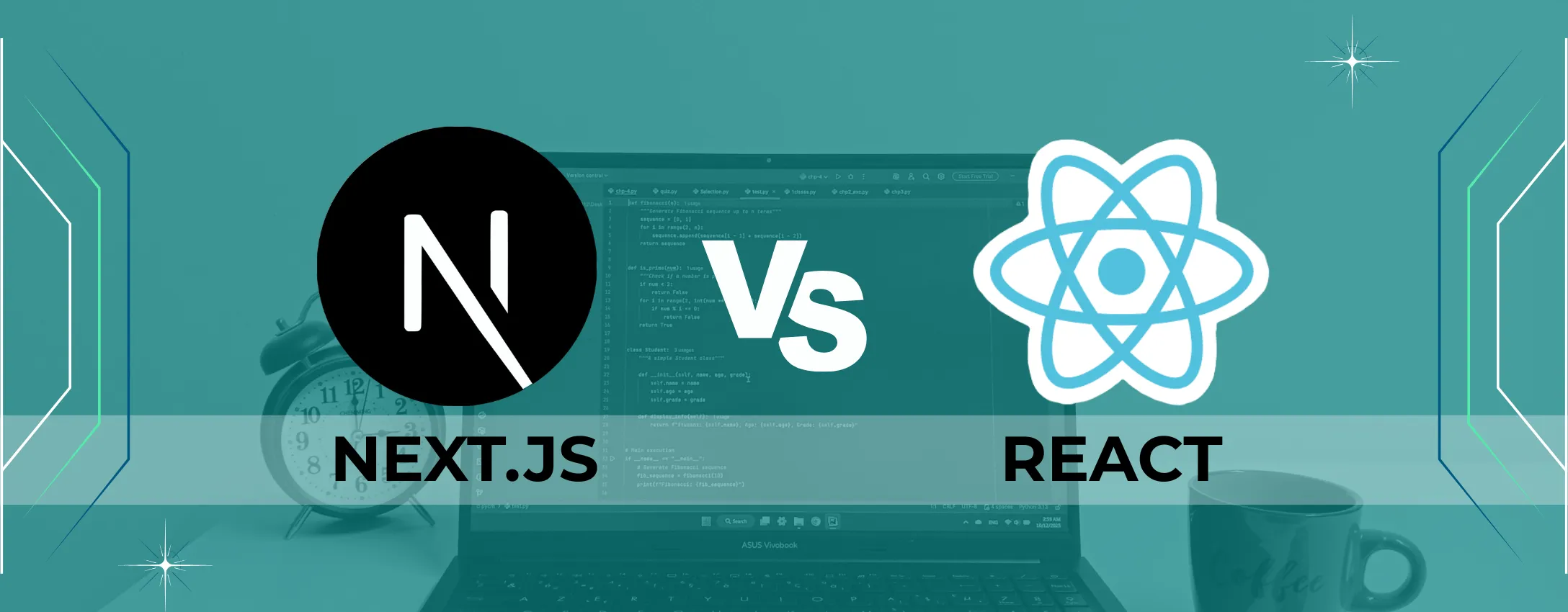

Understanding Security Framework Compliance: Key Standards and Best Practices
In today’s digital landscape, security compliance is no longer a nice-to-have; it’s a necessity. If your organization handles sensitive customer data, you’ve likely heard of SOC 2 compliance.
But what does it entail, and why is it important for your business?Let’s break it down. Whether you’re embarking on a SOC 2 audit for the first time or fine-tuning your processes for an AWS SOC 2 report, this guide will help you understand the essentials and address common challenges.
What is SOC 2 Compliance?
SOC 2 (Service Organization Control 2) is a framework developed by the American Institute of CPAs (AICPA). It evaluates how an organization manages customer data, ensuring trust in areas like security, availability, processing integrity, confidentiality, and privacy.If your business relies on cloud services or stores sensitive information, SOC 2 compliance signals to your clients that you take data protection seriously.
Why SOC 2 Compliance Matters
- Builds Trust: Demonstrates to customers that their data is in safe hands.
- Opens Doors: Many clients and partners require SOC 2 compliance before doing business.
- Mitigates Risks: Reduces the likelihood of data breaches, downtime, and compliance violations.
Pain Point Solved: SOC 2 compliance helps organizations stay ahead of ever-evolving security threats while meeting customer expectations.
SOC 2 Requirements: What to Expect
Achieving SOC 2 compliance requires a deep dive into your organization’s policies, systems, and procedures. Key requirements include:
- Encryption: Protect sensitive data with robust encryption practices, such as end-to-end encryption, data encryption, and public key encryption.
- Access Controls: Use VPNs and role-based permissions to secure access to systems and data.
- Continuous Monitoring: Regularly monitor for vulnerabilities and ensure systems align with security protocols.
For businesses using cloud providers like AWS, ensuring that your AWS SOC 2 report aligns with compliance standards is crucial.
The SOC 2 Audit: What It Covers
A SOC 2 audit evaluates how effectively your business meets compliance criteria. Here’s what’s typically reviewed:
- Data Security: Is your data protected through encryption software and access controls?
- System Integrity: Are your processes reliable and free from errors?
- Incident Response: Do you have plans in place for security breaches or disruptions?
Pain Point Solved: A successful SOC 2 audit not only ensures compliance but also helps identify areas for improvement, strengthening your overall security posture.
The Role of Encryption in SOC 2 Security
Encryption is at the heart of SOC 2 security. By converting sensitive information into unreadable code, encryption protects data from unauthorized access. Key practices include:
- End-to-End Encryption: Ensures that data remains secure during transmission.
- Public Key Encryption: Adds an extra layer of security by using pairs of keys—public for encryption and private for decryption.
- Encryption Software: Automates and simplifies the encryption process for both structured and unstructured data.
Pain Point Solved: With robust encryption measures, businesses can safeguard sensitive customer data against breaches.
SOC 2 and AWS: A Perfect Pair
For organizations using AWS, aligning with AWS SOC 2 compliance can streamline the audit process. AWS provides a wealth of built-in security features, including:
- Encryption at Rest and in Transit
- Identity and Access Management (IAM)
- Monitoring and Logging Services
Requesting an AWS SOC 2 report can also demonstrate compliance with shared responsibility models.
Best Practices for SOC 2 Compliance
- Establish Clear Policies: Define and document security processes to ensure consistency.
- Invest in Tools: Use encryption software and VPNs to bolster data protection.
- Perform Internal Audits: Regularly review systems to identify gaps before an official audit.
- Train Your Team: Make sure employees understand their roles in maintaining compliance.
Beyond Compliance: Building a Culture of Security
While achieving SOC 2 compliance is a significant milestone, the real value lies in building a culture of security within your organization. This means integrating best practices like data encryption, VPN usage, and continuous monitoring into your daily operations.
By treating compliance as an ongoing journey rather than a one-time event, you’ll not only meet regulatory requirements but also foster trust with your clients and partners.
Ready to Get Started?
SOC 2 compliance doesn’t have to be overwhelming. With the right tools, practices, and mindset, your organization can confidently navigate audits, protect customer data, and build a reputation for reliability and security.







